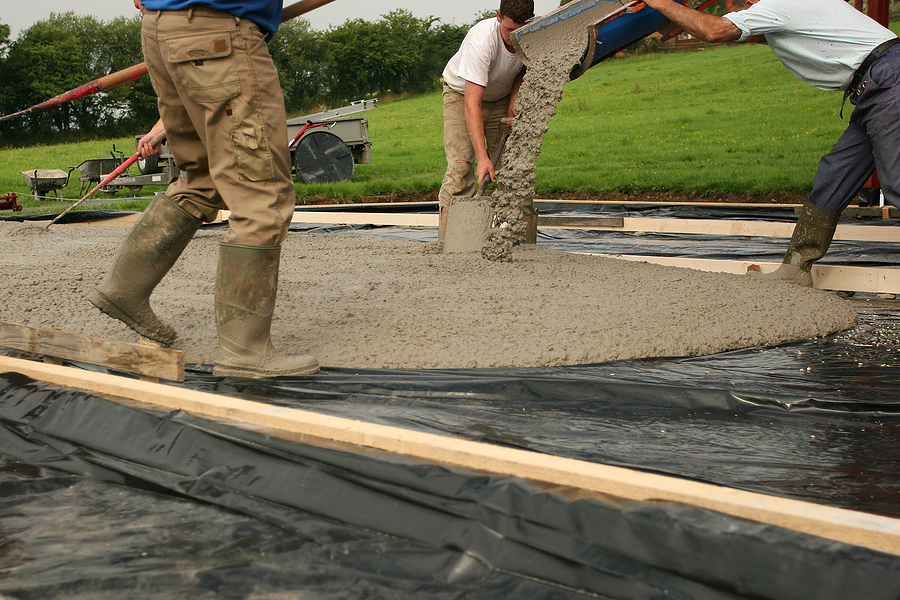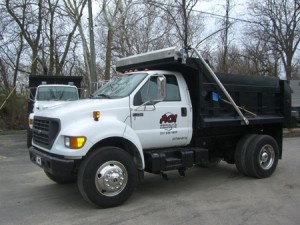When in the market for some paving work, you will likely come across the term, pervious pavement. Also known as porous concrete or permeable concrete, pervious pavements are a high porosity material, making it an important application for certain types of properties and climates. Continue reading to learn what pervious pavement is, and how it compared to other types of paving materials.

Pervious, Permeable, and Porous
Pervious is a term that means “permeable”, or “admitting of passage or entrance.” When applied to the paving industry, the term pervious refers to concrete pavements that allow water to run through them, which imitates the natural rainwater runoff process. This may sound like a feature that you wouldn’t want for your paved surfaces, however, there are various surprising benefits porous concrete pavements come with. Not only does this process reduce water runoff, solve drainage issues on paved surfaces, and return rainwater to underground aqueducts, it catches suspended solids and contaminants. This prevents excess groundwater pollution.
What’s Inside Permeable Concrete
Pervious pavement is rough, uneven, and bulky in appearance. This is due to the specific amounts of water and aggregate used to attain high air content with just enough “cementitious” paste to coat particles and interconnect voids. Although high-porosity pavement can be comprised of various materials, the most common include cement, coarse aggregates, fine aggregates, and water. Fine aggregates are used sparingly, but usually sand or clay is used.
Pervious Pavement Uses
Common applications for pervious concrete include pavement surfacing, parking lots, sidewalks, retaining walls, residential driveways, patios, low-water bridges, well linings, swimming pool decks, and low-volume pavements. Additional applications for high porosity pavement include residential roadways, load bearing walls, low-water bridges, fountains, infill panels, and outdoor showers.
Fun Facts About the History of Permeable Concrete:
✎ First introduced in Europe in the 1800’s for structural building.
✎ After WWII concrete was scarce, making permeable material popular again.
✎ Pervious paving was first proposed in the U.S. back in the 1960s with the goal of decreasing floods, raising water tables, and replenishing aquifers.
✎ In the 70’s, the Environmental Protection Agency (EPA) began cost and efficiency testing of permeable pavement.
✎ Edmund Thelen and L. Fielding Howe developed the first official documented design for permeable pavement in 1977, entitled “Porous Pavement.”
Indianapolis Commercial Concrete Pavement Installation and Repair
Call ACI Asphalt and Concrete at 317-549-1833 for licensed, bonded, and insured commercial concrete services in Indianapolis, Indiana. We offer a wide range of paving services for commercial and industrial properties, at the most competitive prices in town, including inspections, installation, replacement, repair, and more. Request a free quote, today.





